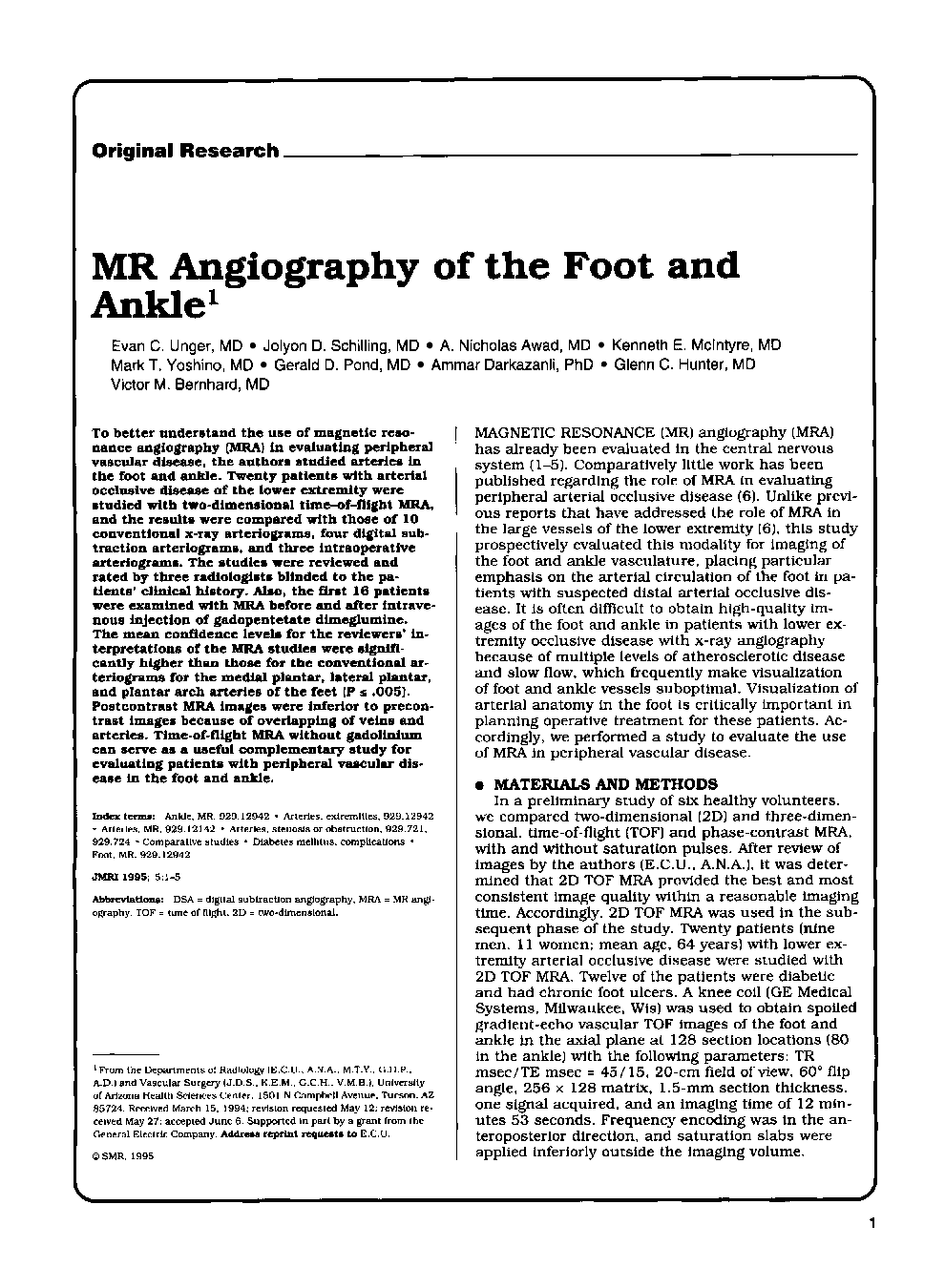| Article ID | Journal | Published Year | Pages | File Type |
|---|---|---|---|---|
| 5782769 | Chemical Geology | 2017 | 5 Pages |
Abstract
There is considerable evidence that metal adsorption onto microbial cell envelopes represents the first step in bioavailability of the metal to the cell. Traditional biotic ligand models were the first attempts to relate metal bioavailability, as manifested by metal toxicity, to the concentration of adsorbed metal on organisms, using a single generic 'biotic' ligand as the lone metal binding site on the organism. Because biotic ligand models represent the bound metal using a non-mechanistic reaction, these models cannot be extrapolated accurately to predict metal adsorption, and hence metal bioavailability, under conditions that were not directly measured in the laboratory. Over the past 20Â years, surface complexation modeling has been applied to model metal adsorption onto bacteria and other microorganisms, yielding a mechanistic understanding of the adsorption reactions that have been studied. The development of mechanistic surface complexation models for bacteria provides an opportunity to develop advanced biotic ligand models which are similar to traditional biotic ligand models but which incorporate the mechanistic approach of surface complexation modeling to quantify metal adsorption. This review summarizes the studies that have been conducted to date which explore and calibrate this approach, and each of these studies demonstrates a strong correlation between the concentration and/or speciation of adsorbed metal and the bioavailability of that metal to bacteria. Using a surface complexation approach for modeling metal bioavailability to bacteria creates powerful quantitative models of metal bioavailability which can be extrapolated to complex realistic geologic or engineered systems.
Related Topics
Physical Sciences and Engineering
Earth and Planetary Sciences
Geochemistry and Petrology
Authors
Jeremy B. Fein,
